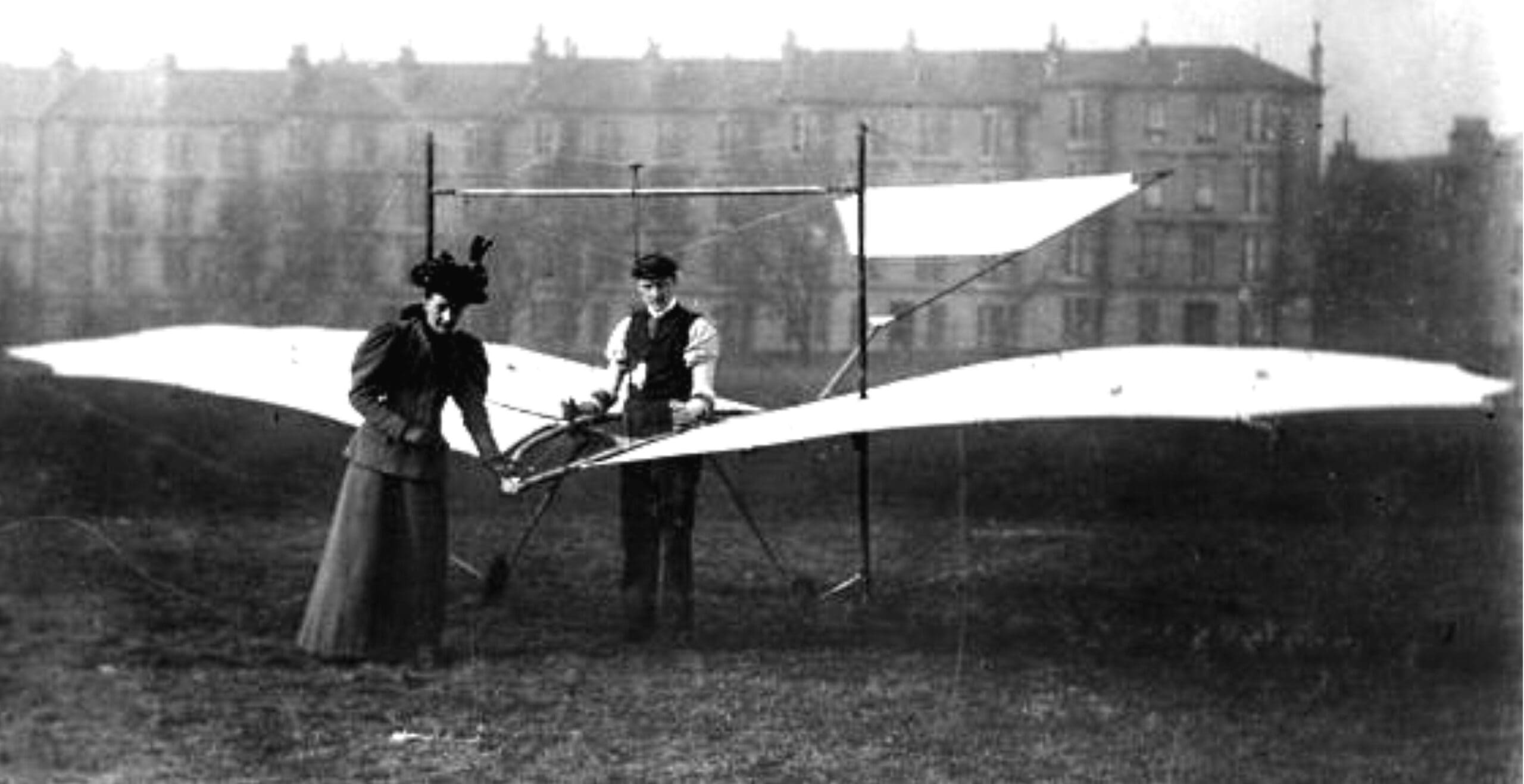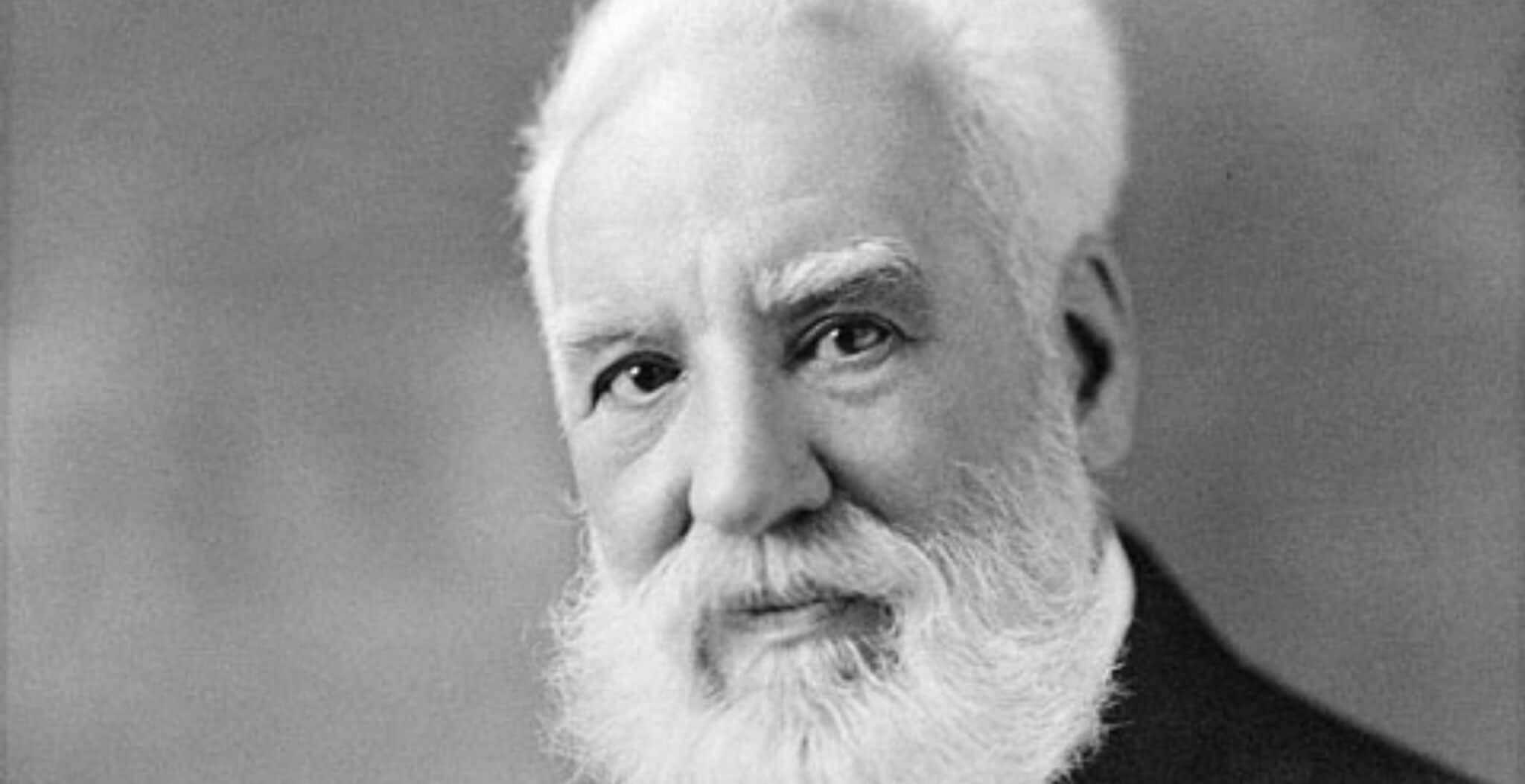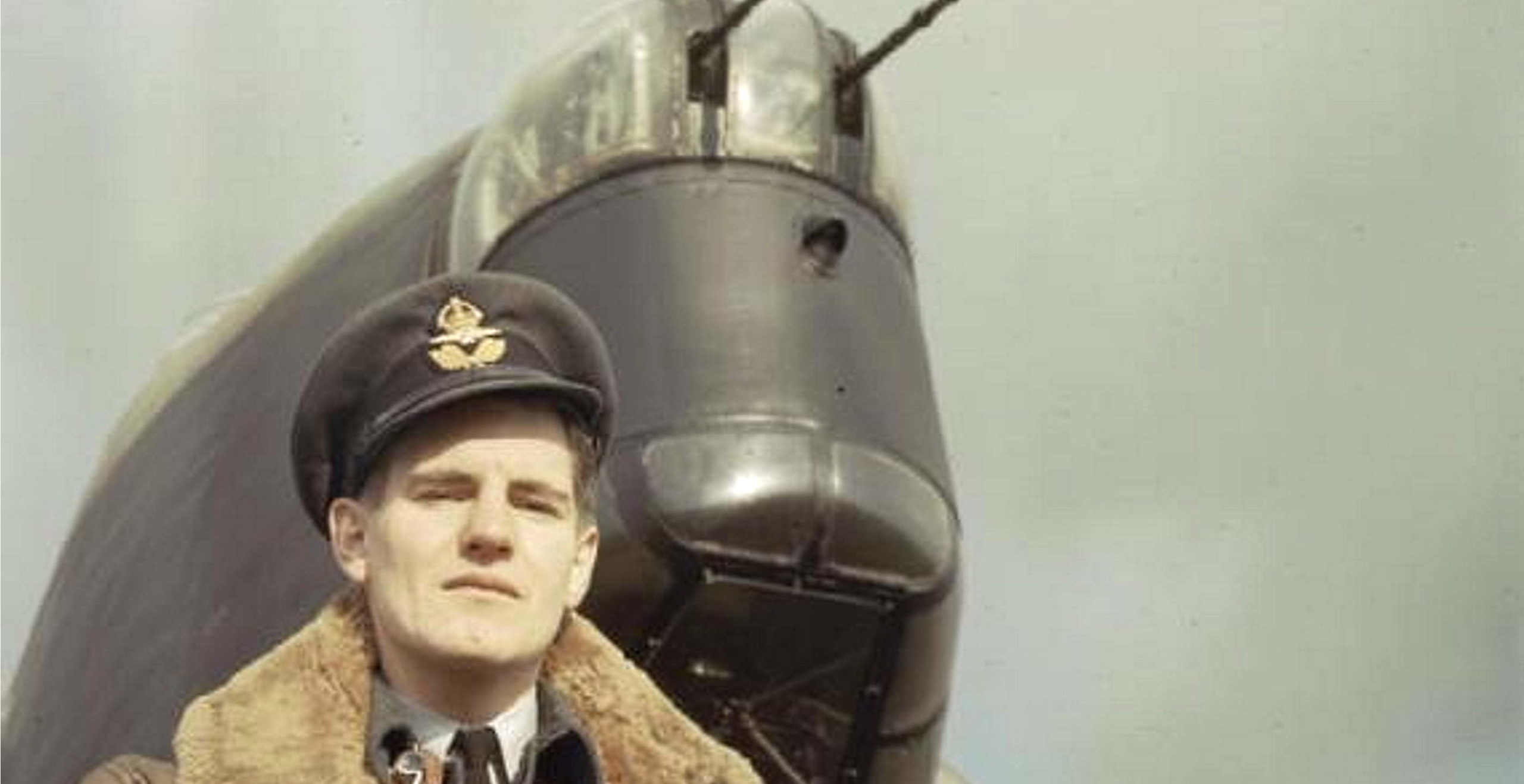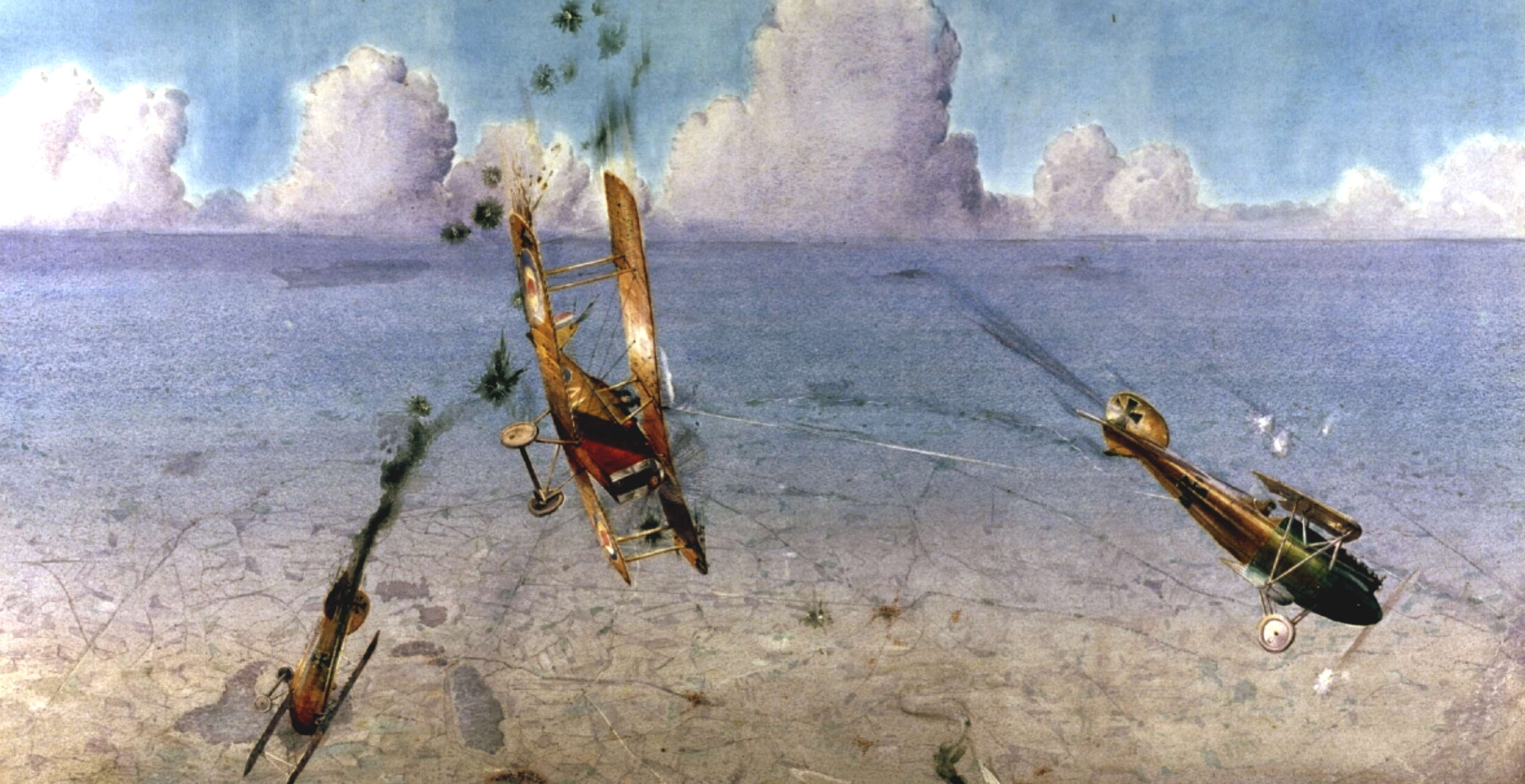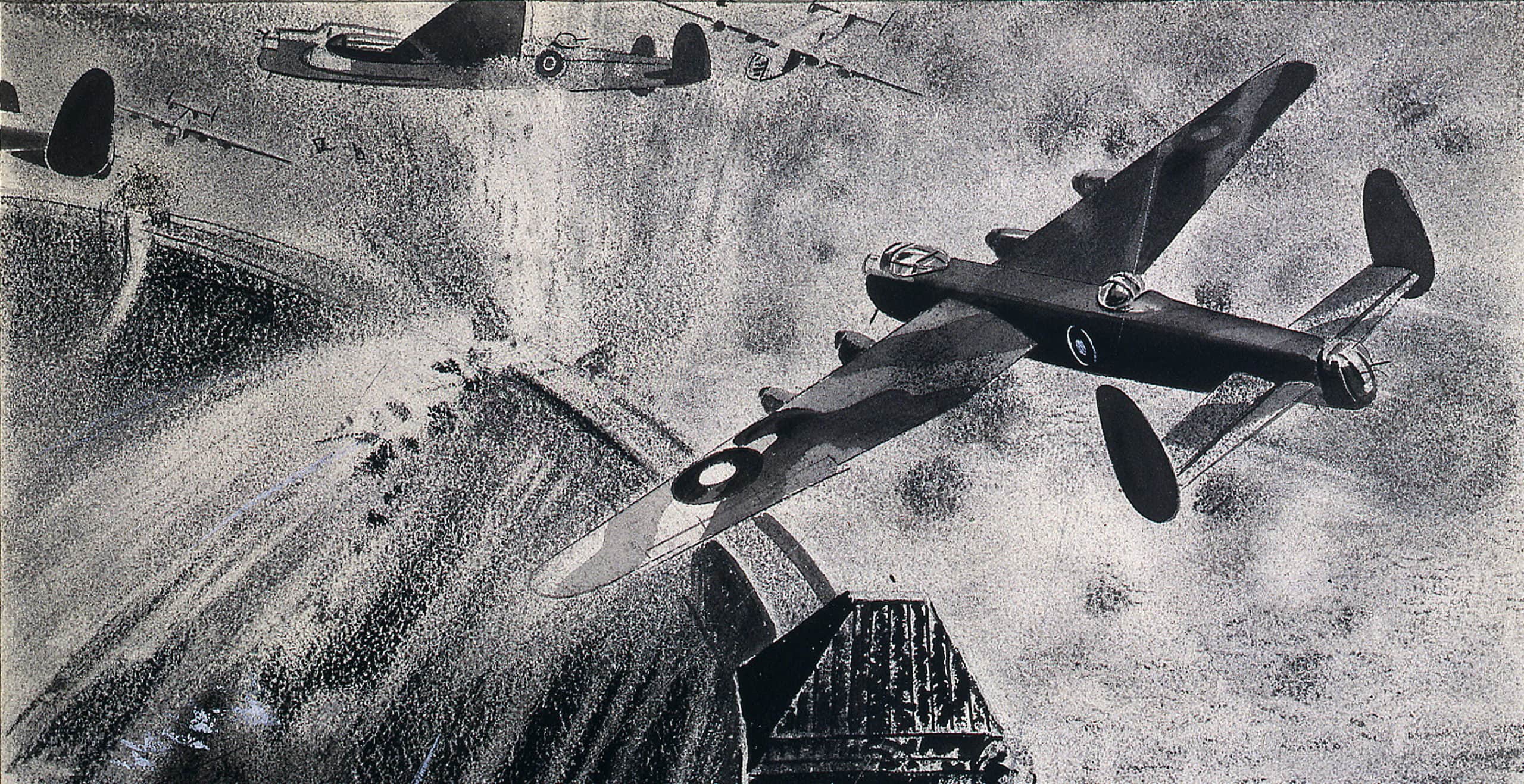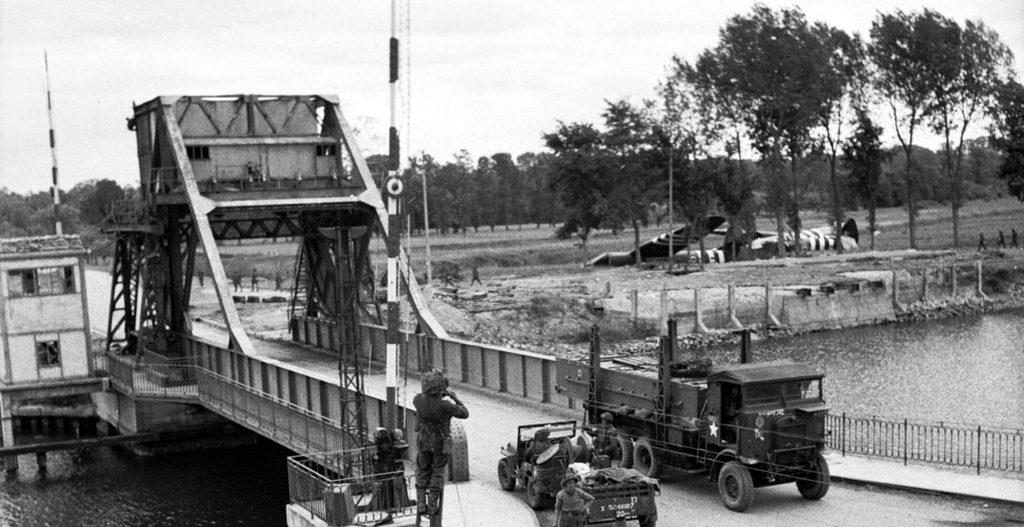Most people have heard of the famous American brothers Orville and Wilbur Wright, who are universally viewed as the successful pioneers of powered flight in 1903. Far fewer know of Percy Pilcher, the British engineer who was very close to achieving the first powered flight when he died in 1899 in a tragic accident while flying his self-designed Hawk glider.
Percy Sinclair Pilcher was born in 1866 in Bath. His mother was Scottish, and Scotland would play a major part in the development of his career as an engineer as well as his passion for flying. After serving as a Royal Naval cadet for seven years from the age of 14, he became an apprentice with shipbuilders Randolph, Elder and Company, based at Govan in Glasgow.
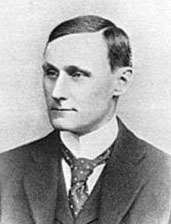
Those were the days when an apprenticeship in the shipyards of the Clyde provided one of the best starts in engineering that anyone could have. Glasgow, like many of the major industrial cities of Scotland and northern England, was a city of engineers. Recognition of their skills and contribution to the wealth of the nation helped to establish engineering as a study in its own right.
Within a few years, Pilcher was showing a keen interest in aviation and was delivering lectures on the topic at University College London. He returned to Glasgow in 1891 to teach naval architecture, but by this time it was clear that his heart lay in exploring the possibilities of flight.
From reading the available literature and publishing papers of his own, Pilcher progressed to building his first glider in 1895. With the help of his sister Ella, during that summer Pilcher produced three versions of his glider “The Bat”, a replica of which is now in Glasgow’s Riverside Museum.
Test flights were carried out in Kelvingrove, Glasgow. Then Pilcher made several flights at Cardross in Scotland in versions 2 and 3 of The Bat, becoming the first person in the UK to show that flights could be made repeatedly and successfully in a heavier than air flying machine. As with all science, repeatability was an important part of the exercise.
Pilcher’s work brought him into contact with the German expert in gliders, Otto Lilienthal, whom he met in the same year. Their exchanges inspired Pilcher to develop some new glider designs, The Beetle and The Gull, which were also built in 1895, indicating the incredible dedication of both Percy and Ella to the task of designing and building gliders. Neither of these designs wholly satisfied Pilcher though, and it was his original Bat glider design that would be the basis for his most successful glider, The Hawk, a year later.
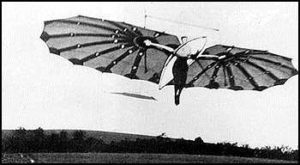
After Lilienthal’s death in 1896, Pilcher became one of the leading glider designers of both Britain and Europe. By this point, his work was drawing the attention of others with an interest in early aviation, including Hiram Maxim, of Maxim Nordenfeld Guns and Ammunition. Maxim wanted to employ Pilcher on his own massive Maxim Biplane Test Rig project.
Pilcher used Maxim’s hangar at Upper Austin Lodge near Eynsford in Kent as the base for a number of his own experimental flights. Using a line and tackle system operated by three boys to launch his gliders into the air from a local hill, he achieved gliding distances of up to 200 metres. During this period, Percy’s cousin Dorothy Rose Pilcher also took to the air in the Hawk briefly.
In 1897 a world record breaking distance of 250 metres (over 800 feet) was achieved by Pilcher in his Hawk glider in the grounds of Stanford Hall, Leicestershire. Pilcher was continuingly looking at new ways to improve his designs, with a view now to developing powered flight. His Hawk glider, for instance, was fitted with an innovative wheeled undercarriage.
Through his own experiments and discussions with other experts in the field, Pilcher was beginning to lay some important foundations for flight in the future. The primary issue holding back powered flight was how to lift a glider without adding to its weight. Through contact with aviator Octave Chanute, the answer became clear. Stacking wings one above the other in biplane or triplane fashion gave much more lift without adding substantially to the weight of an aircraft.
By now Pilcher was planning to construct a tri-plane machine to be powered by a 4hp engine, having taken out a patent for a flying machine that used a shaft-driven pusher propeller. It was a costly business and Pilcher set up a company to help pay for it, showing his faith in both his concepts and the future of flight.
Pilcher managed to complete his tri-plane and was intending to demonstrate it in September 1899 at Stanford Hall in front of a crowd of onlookers who would probably have included potential sponsors. Unfortunately, the plane was not ready due to issues with the engine, and so Pilcher decided to fly his Hawk glider in front of the crowd.
The Hawk was about 10 metres in the air when the tail broke. Pilcher received fatal injuries in his fall to the ground, never having had the opportunity to try his powered tri-plane. His contribution to aviation history faded quickly from the general consciousness. Eventually only a few people would remember how significantly he had advanced the cause of flight, or how much the Wright brothers had been able to benefit from his work.
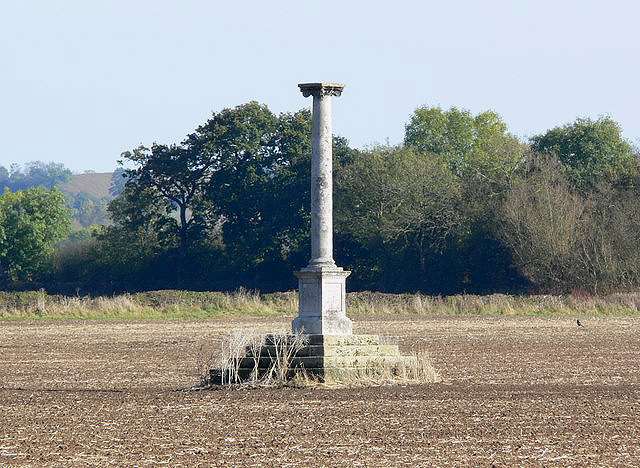
In the few short years he lived to try out his ideas, Pilcher had achieved a great deal. The vindication of his efforts came with an investigation by the School of Aeronautics at Cranfield University in 2003. A replica of Pilcher’s plane managed to carry out a flight of 1 minute and 25 seconds in calm conditions, longer than the Wrights’ 59 seconds at Kitty Hawk in 1903.
Replicas and models of Pilcher’s breathtakingly insubstantial and beautiful gliders can be found in several museums in the UK, including the Riverside Museum and Kelvingrove Museum in Glasgow, the Imperial War Museum in Duxford, Cambridgeshire, and Stanford Hall in Leicestershire, scene of both Pilcher’s record-setting triumph and later tragedy.
Pilcher’s original Hawk is now on display in the atrium of National Museums of Scotland. There are monuments to Percy Pilcher at Eynsford and Stanford Hall, and in 1911 he was one of the inaugural inductees to the Scottish Engineering Hall of Fame.
Miriam Bibby BA MPhil FSA Scot is a historian, Egyptologist and archaeologist with a special interest in equine history. Miriam has worked as a museum curator, university academic, editor and heritage management consultant. She is currently completing her PhD at the University of Glasgow.
